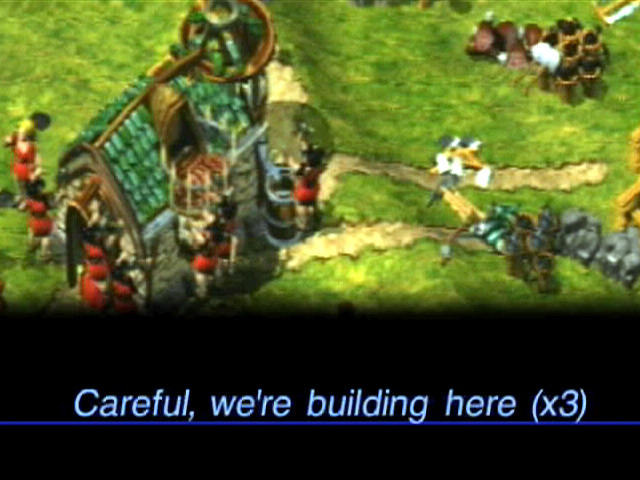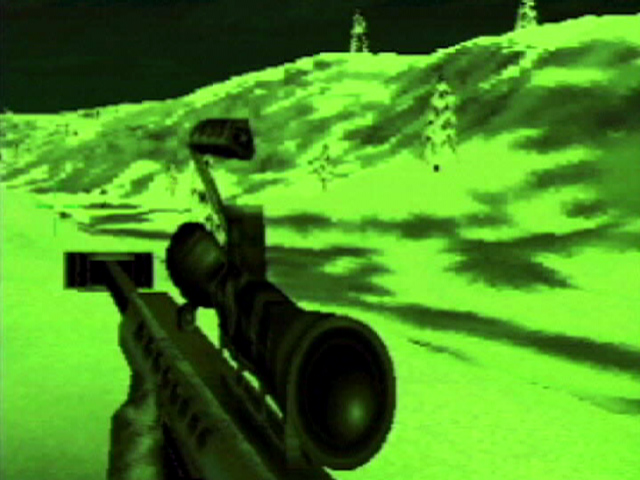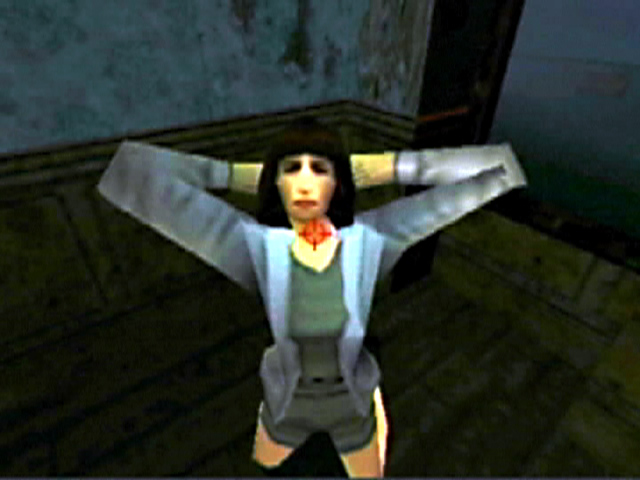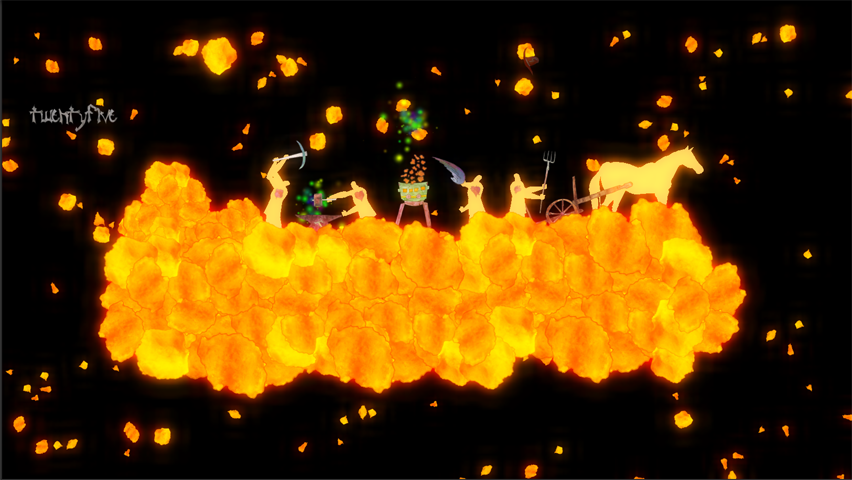









In the course of his visit, Stern gave a talk at the Beit Berl School of Art (Hamidrasha), where both students and lecturers were fascinated by his work. He visited the Ein Hod artists’ village in the north as well as Tel Aviv and Jerusalem, and met with many artists and curators, including some from the Center for Digital Art in Holon, Jaffa 23 in Jerusalem, and several Tel Aviv galleries. Stern noted that the residency is a wonderful opportunity for artists to simply come here and think. He described his stay as a rare and valuable time for wandering, and an opportunity for contemplation regarding art.
Digital Video, 16:45 min, 1999-2000
The genre of machinima, which uses computer games and computer-graphics engines to create films, developed out of the practice of documenting game moves so they can be shared and learned by other players. Over time, the fragmented documentation turned into narrative films with a cinematic flavor. In Sheik Attack, Stern’s first machinima piece, he returns to the genre’s beginnings and uses video game fragments to create a critical narrative. Free of the commitment to cinematic continuity. The work is constructed, like a video game, of specific stages that build up to climax situations. In Stern’s eyes, Zionist history in Israel is also made of such climaxes; in Sheik Attack, these culminate with the confirmation that the planned killing was accomplished. Sheik Attack tells the story of the Zionist dream and its demise. Stern uses landmark Zionist moments and reconstructs them one after the other as virtual scenes from a video game. In addition to the critical narrative, the work breaks past its original means of production (the video game) through the use of a familiar and dominant Israeli folk music sound track, and via its video-style presentation – a screening.
The video, which is divided into eight chapters, is composed of eight chronological landmarks in Israel’s history. The particularly long opening, reflecting the language of a cinematic long shot, is a takeoff on the pioneer period; it prepares the viewer to enter a different time frame which is slow and contemplative, far from the frenetic, speeding of the world of video games. This opening produces Brecht-like alienation, a sense of distance that opens up one’s perspective. The next fragment is of a dense and infinite western city that seems to offer no exit. These two background chapters offer a bird’s eye view of the world, based on games like Sim City, whose purpose is the construction and development of virtual worlds. They reveal the collective choices made early in the beginning of Zionism in Israel. Over the next chapters, Stern depicts armies preparing for battle in Israel and Lebanon. Once the fictive battle begins, the scenes are no longer collective, but personal. The player enters into the position of the avatar (POV), and has only tunnel vision and very little choice. Though the player can move freely and choose his/her weapon, there is, at this point, only one purpose, killing the enemy and staying alive. In Stern’s narrative, this narrowing appears to be the inevitable conclusion of choices made at earlier stages, when there was greater freedom available.
Stern’s inspiration for this work came from the permeable relationship between computer games and reality, as he experienced it when a friend casually compared the number of commandos killed in a game to the number of men killed a day earlier in a real battle in South Lebanon. The war fantasy depicted in violent computer games is exposed when the local Israeli context is foregrounded and made conscious. By comparing the fantasy and reality within the Zionist narrative, Stern asks essential questions about the role of fantasy in political life, about the roles offered us as result of political developments, and about the degrees of choice or passivity with which we meet these roles and the situation as a whole.
Watch Sheik Attack